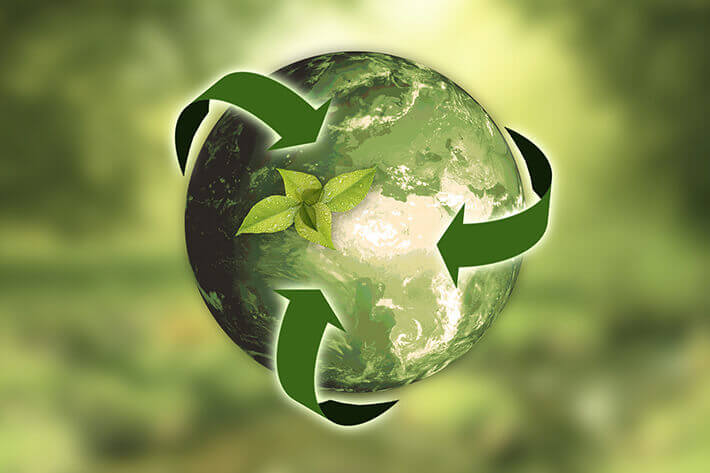Currently, in the world, there are over 2 million PCs. Most likely over 80% of them are turned daily. The fossil fuel that is consumed to give these machines the energy they need to run is immense and the environmental impact is double. To save the world from exhausting resources, improving healthy living standards, and reverse pollution a global movement called green computing has been gaining momentum in the recent past.
So, what is green computing?
Green computing is an environmentally friendly and responsible way of using computers. It is the designing, usage, and rubbish removal of e-waste in a way that has minimal impact on the environment.
How can green computing be achieved?
Green computing comprises of several objectives that every individual can achieve from manufacturing to using the electronic products.
Reducing energy consumption
This is achieved by reducing the energy consumption of computers in an environmentally friendly way. For instance, if a laptop or mobile phone is not in use it can be put in sleep mode or hibernate mode.
Using green energy
IT companies should make energy-efficient printers, computers, and servers. This should be aimed at minimizing waste disposal during the manufacturing process and other subsystems.
Minimizing disposal requirements of the manufactured devices
This is the most important since it determines how the device will be disposed of. Equipment with unwanted items should be recycled. Computers that have been used can be repaired and refurbished to be used again. Skip hire services can also be of use since over 95% of waste is diverted from land fills.
History of green computing.
It originated from the Energy Star Program in 1992 when the US Environmental Protection Agency launched the Energy Star Program. This program was intended to promote the manufacture and use of energy-efficient computers and other technological devices. The main idea was to form a movement of green IT cycle that compels IT companies to adopt energy-efficient technology, reduce the usage of harmful metals, and make recyclable gadgets for an environmentally friendly rubbish clearance process.
How e-waste recycling contributes to green computing
Recycling is one of the practices that contribute to green computing. Recycled products include metals and other parts of a gadget that can be reused. This method has been very successful in combating e-waste problems. Recycling also reduces the emission of greenhouse gases by the manufacture of fewer products.
The reuse of devices can also help in conserving the environment by reducing e-waste disposal. The parts of a computer that are functional can be reused in the repair processes or refurbishments. The ideas of recycling, repair, and refurbishing are based on green computing which encourages reusing already used laptops, PCs, and other gadgets.
Office clearance services in London
Types of green computing
Solar Power
This involves harnessing sunlight to create electricity for domestic and commercial use. The countries that have implemented this technology include Spain, Canada, and California. Another very good example of green computing photovoltaic solar panels since it converts electric power to electrical energy.
Geothermal power
Geothermal is a good example of green technology. A geothermal plant can generate electricity and provide electrical power to homes and commercial premises. It can be used to heat up and cool down a house.
Advantages of green computing
- Low carbon dioxide emissions due to less use of petroleum for transportation and manufacturing
- Due to resource conservation, less energy is needed to make, use, and dispose of materials.
- Saves money
- Lessens vitality utilization and encourages reuse of products by people
- Reduces exposure in PCs like cancer, chemicals, nerve damage, and immune response to human beings.
Disadvantages of green computing
- Implementation is challenged by fast technological advancement
- It is expensive to implement
- Green computers are very low
Clearabee is the UK’s largest man and van rubbish removal London Company. We have an in-house team and a fleet of over 100 vehicles. We offer garbage removal services from almost any location in the UK and we can do it within a day. We also have our forest to offset the CO2 produced by our cars. Other services that we offer to our clients include skip bags, and waste management. You will be emailed compliance documents like Waste Transfer Notes once your rubbish is collected.
We have managed to plant over 19000 trees in the UK since 2018 making our company environmentally friendly. We are also working on the carbon that we produce to be carbon neutral. We aim to build our new vehicles on an ultra weight chassis to make them fuel-efficient and safer.

